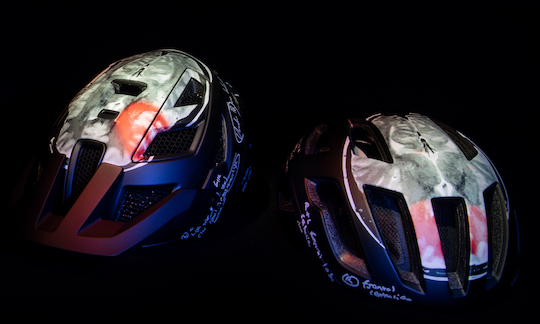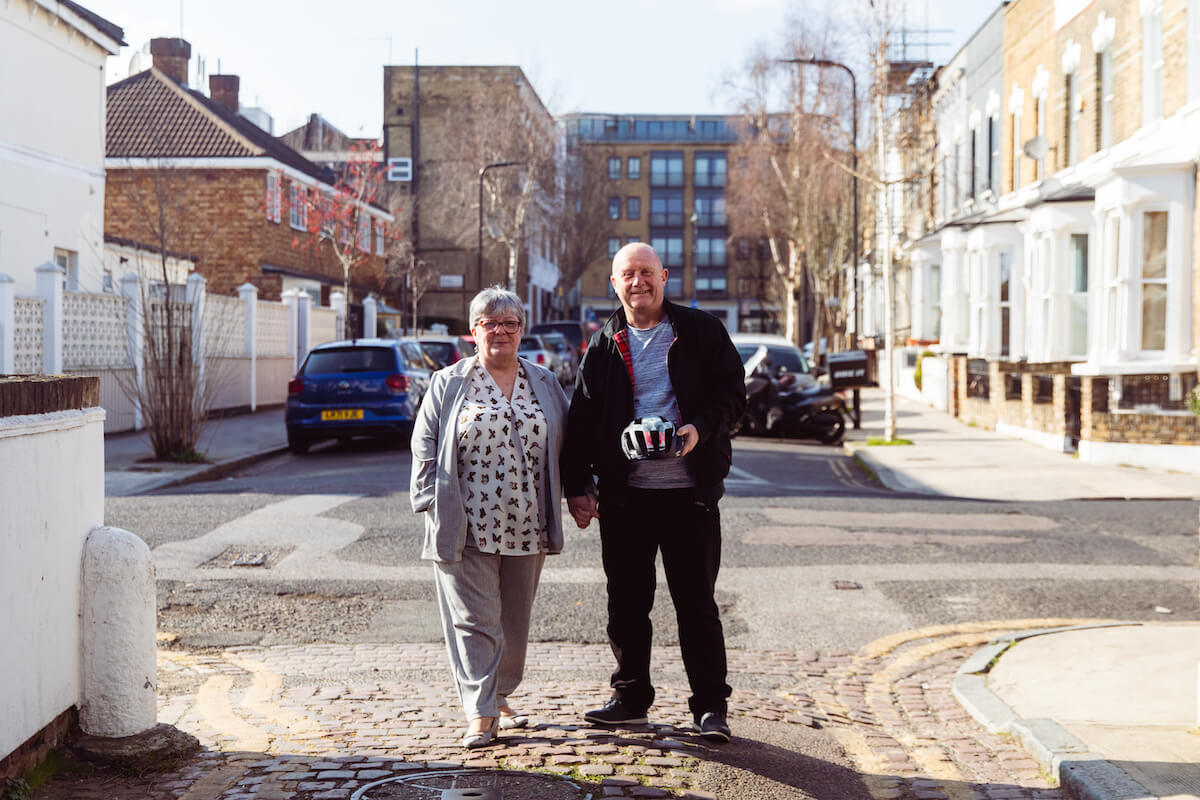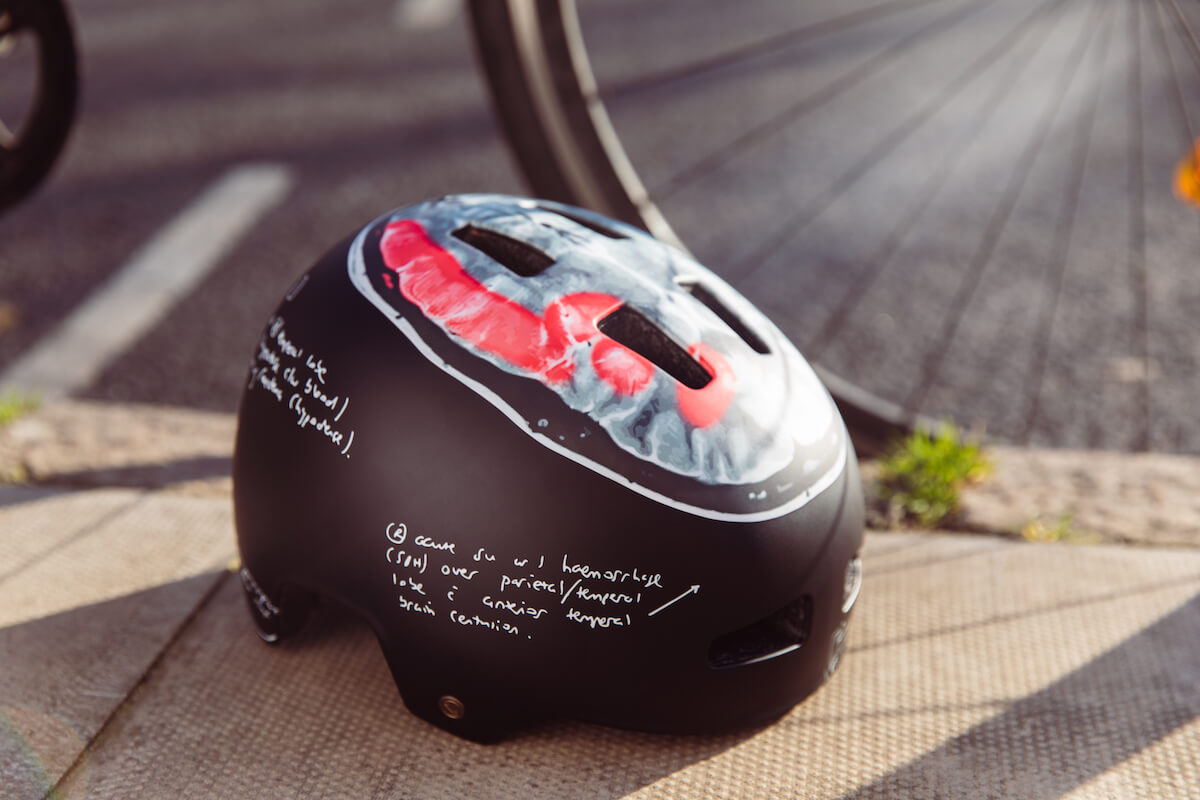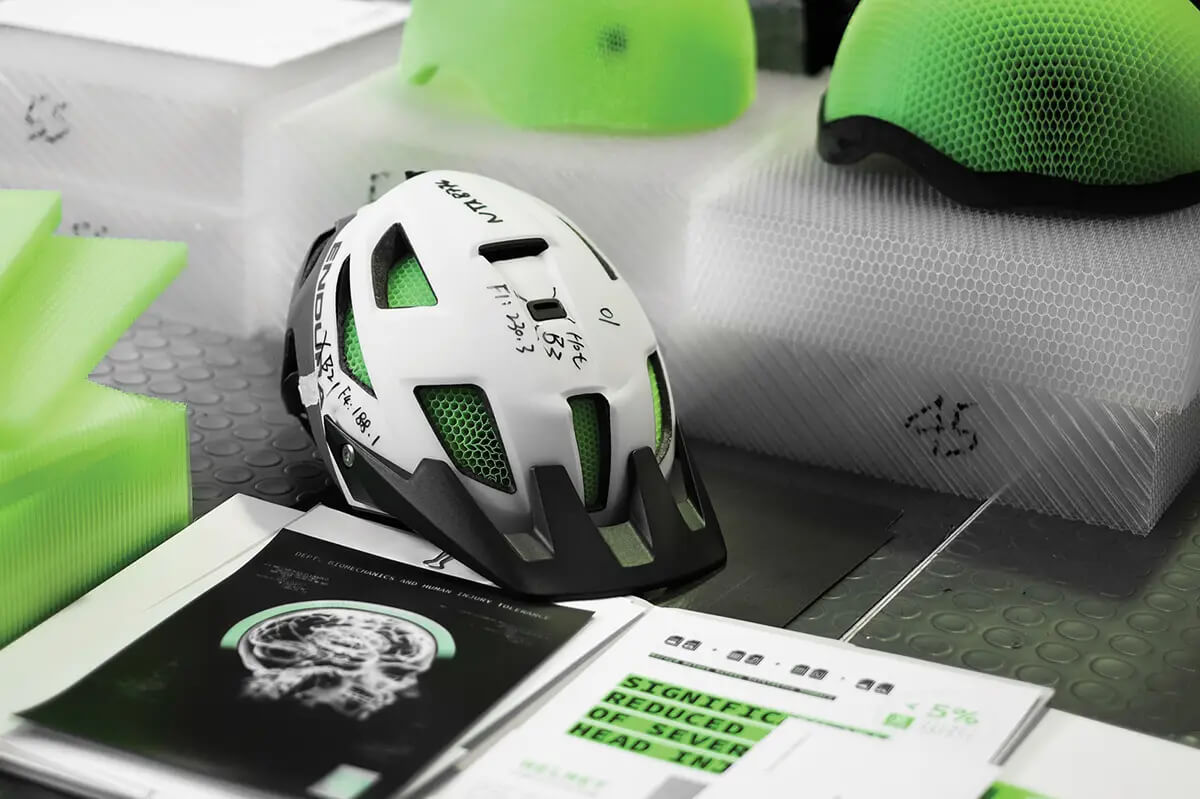
Project Heid
As Brain Awareness Week gets underway around the globe, we are unveiling world’s most graphic cycle helmets alongside The Brain Charity. Four individual helmets that have transformed the stories and CAT scans of real patients’ serious, life-threatening bicycle accidents and brain injuries.

Two thirds of Brits admitted they are concerned about sustaining a brain injury whilst cycling, of which the long-lasting effects can often be hidden in plain sight. We worked alongside top Consultant Neurologists in Liverpool and in partnership with The Brain Charity, to show CAT scan representations of four real-life brain injuries from cyclists.
Each helmet has a different story to tell, including that of Ian Charlesworth, 62 who, in 2019 was struck by a HGV in Hull whilst cycling without a helmet, and John Moroney, who was hit by a 4x4 in Bristol, during the same year, whilst cycling without head protection.

Designed to raise awareness of road safety for the growing UK cycling community, our initiative has been shaped to transcend into the non-cyclist too, considering the role of friends and family when it comes to encouraging people to wear a helmet.
Project Heid coincides with Brain Awareness Week, a global event that takes place throughout March. The helmets will be auctioned to raise money for The Brain Charity to continue its incredible work.
Helmet Technology
Our Research
Our research, concluded in March 2023 and taken from 2000 cyclists in Britain, found that:
· Almost half (45%) of cyclists in Britain admitted to not wearing a helmet when they ride.
· 40% of women do not think about the type of helmet they wear when cycling (this compared to 34% of men).
· 80% of Brits say they feel a responsibility to encourage their friends/family to wear a helmet when they cycle.
· 71% of Gen Z-ers are concerned about suffering a traumatic brain injury when they cycle (this figure is just 40% for those over 65).
· More than a third (35%) think it is unlikely they will spot someone who has sustained a brain injury by walking past them in the street.



